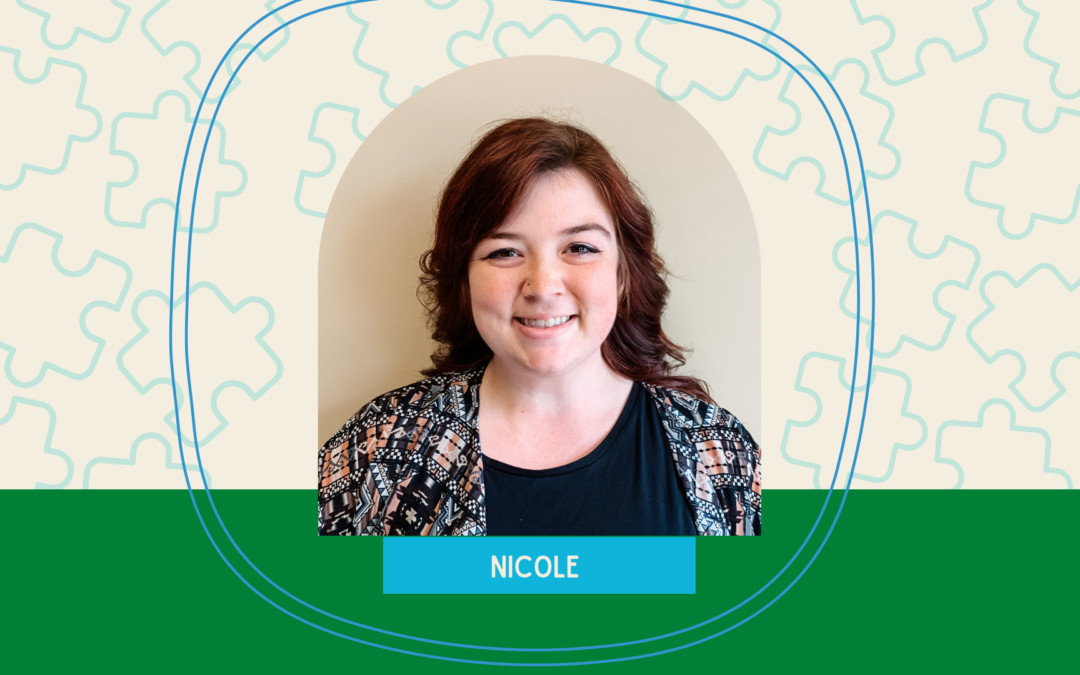Hi, my name is Nicole Erickson and I have been working at Partners in Excellence for a little over 3 and a half years, and I am currently a Level 2 Primary Behavior Therapist in our Burnsville location. Today I’m going to be talking about flexibility and strategies we can use to help our client’s frustration over this topic. Flexibility can be a cause of frustration in our day to day lives. Whether it be having to take another route to work when there is construction or having to stop for coffee because you ran out at home, causing you to be late to work. We need to be able to tolerate those changes as they happen frequently in our lives. Flexibility is equally important for children with autism, as many children with autism have routines that they can get “stuck in” and any disruption to this can cause frustration and challenging behaviors.
Mary Hanks, BCBA (2019) states that teaching flexibility can be hard, as it is not always seen physically, and sometimes must be learned. We need to work on helping the clients we serve change their way of thinking to include flexibility and help them develop coping strategies for change. To teach this skill, there are a few things that we can do:
- We can make it a point to be observing the client’s behaviors and praise them whenever we see them being flexible in situations.
- An example of this could include if a client likes to set up pieces to a game in a straight line before beginning but allows a therapist to move just one piece in front of the line.
- Teach a Replacement Behavior
- Examples could include
- Teaching how to request for items (verbally or using and AAC Device or a PECS book).
- Teach to wait (we can go play at the climber, but first we have to go to the bathroom)
- Teach to problem solve (the battery in the toy is dead, what can we do next?).
- Examples could include
- Make small changes in their daily routines
- Examples could include
- Playing with a blue car instead of a red car
- Sitting at a different spot at the table at home
- Rotating through their favorite shirts
- Lining up in a different spot at school
- Reading a different book before bed
- Examples could include
As mentioned above, change can be frustrating for the clients that we serve, and we want to help them develop coping strategies. Which is why we also teach and practice calming strategies that can be used when they become overwhelmed and engage in challenging behaviors over the changes. Varanda and Fernandas (2017) state that individuals with autism with autism can benefit from the development of strategies for the enhancement of flexibility.
These strategies could include:
- Breathing Techniques: Spending time modeling long, deep breaths until the client is calm.
- Counting: Count to 10 one way and then back down.
- Squishes/tickles: For client’s that are non-verbal, you could have them request for sensory input using their AAC Device or PECS to help them regulate.
- Functional Language: Have the client vocally say or use their AAC Device or PECs to request for what they want or wanted in order to establish motivation and use “First, Then” statements to work on tolerating the change before moving to a preferred activity or item.
- Visual Change Board: Having a visual schedule helps clients to see what is happening next.
- This gives the clients that we serve not only the ability to see the change happening but also to participate in the changes.
- Example: normally the child reads books before bed, but tonight we are going to switch it up, and this is reflected on the change board. Instead of choosing a different activity for the child, have them choose the activity that they want to do (coloring, or watching YouTube).
- This gives the clients that we serve not only the ability to see the change happening but also to participate in the changes.
Flexibility is something that is learned throughout your life, and by making small changes every day using these techniques and coping strategies we can help the clients that we serve be flexible too!
Hanks, M.Ed, BCBA, M. (2019). Developing Flexibility [web log]. Retrieved 2019, from https://aba-interventions.com/developing-flexibility/.
Varanda, C., Fernandes, F. Cognitive flexibility training intervention among children with autism: a longitudinal study. Psicol. Refl. Crít. 30, 15 (2017). https://doi.org/10.1186/s41155-017-0069-5


Recent Comments